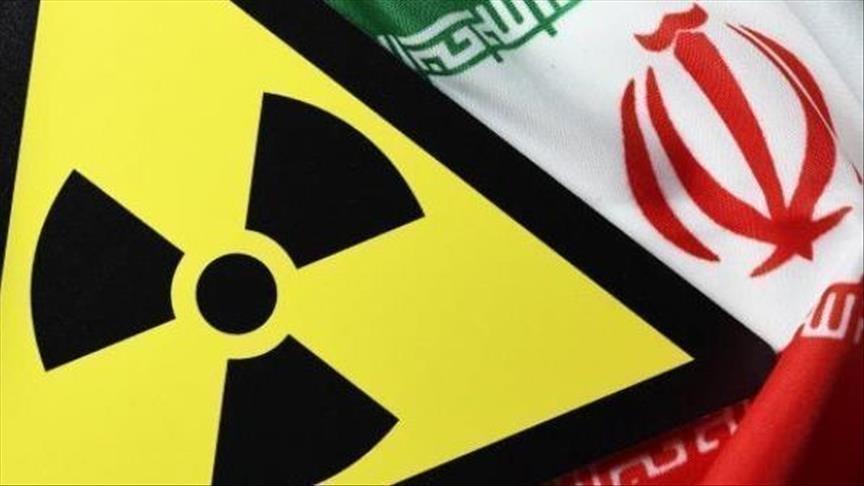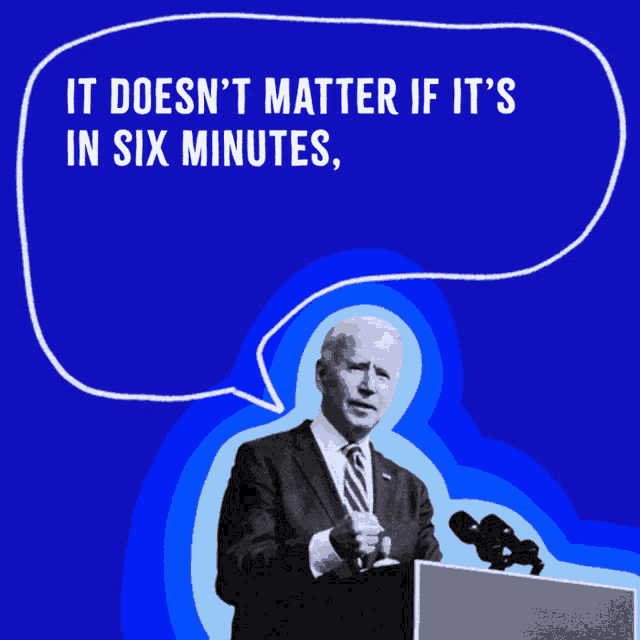The Iran Deal Is Dead. What Now?

Two years after the election of US President Joe Biden, it should be crystal clear to even the last of the skeptics that the nuclear deal is dead and buried. Not apparently and not maybe, but finally, once and for all. The 2015 Joint Comprehensive Plan of Action (JCPOA) will not be brought back to the table and the Americans too are well aware of this.
Yes, Biden and his people have done almost everything in their power to return to the agreement:
- They thought that the Iranian demand to receive compensation for President Donald Trump’s decision to pull out of the nuclear deal was justified, so they planned on pouring hundreds of billions of dollars into the Islamic republic.
- They wanted to return to the 2015 agreement as is, despite recognizing its many flaws.
- They chose to ignore Iran’s global aggression along with its proven lies.
- They abandoned their promises of a “stronger and longer” agreement.
Simply put, they were willing to do just about anything to go back to the deal.
The administration ultimately rejected only two Iranian demands.
- To exert pressure on the international nuclear watchdog, the International Atomic Energy Agency (IAEA), to close its investigations of Iran’s nuclear activity. Biden was not prepared to give in to this demand.
- The Iranians asked for a binding pledge that any future US administration would not withdraw from the agreement once again. The US response to this was that, even if they wanted to, they had no way of shackling any future administration down.
Under these terms, the response of Iran’s Supreme Leader Ali Khamenei was, in essence, that there is no point in such a deal. The talks broke down over the summer. Since then, Iran’s focus has been firmly on trying to put out the flames of the mass protests ignited in September, but even this has not led the ayatollahs to adopt any flexibility. On the contrary, Iran even escalated its efforts to provoke the West when it began to provide military aid to Russia in the war against Ukraine. If that were not enough, Iran just announced that it has expanded its prohibited activity at the underground Fordo facility, using new centrifuges to enrich uranium to a level of 60% purity.
In other words, if anybody is under the illusion that the Iranians are down for the count or will soon begin to crawl on all fours into the arms of the Western superpowers, then he has no idea what he’s talking about. Iran’s growing proximity to Moscow is currently the regime’s preferred policy. The enemies of its enemies are its friends.

The Americans know better than anybody that the deal is dead. The US special envoy for Iran, Robert Malley, has done everything humanly possible in the last two years to reach an agreement. It is for this reason that he is hardly the most popular figure among Israel’s policymakers. Yet long before the current developments, he was wise enough to differentiate between his actions and assessments, and long ago reached the conclusion that the chances of any rehashed deal were extremely slim—and now this is truer than ever.
Consequently, as far as both Malley and the US administration are concerned, the key question is not “how can we get back to the deal?” Malley knows full well that this option is no longer on the agenda, but the more pertinent question he is asking himself is what can be done in the absence of a deal in order to prevent Iran from obtaining a nuclear weapon.
Malley is soon due to present this dilemma to the representatives of the new Israeli government. As far as he is concerned, the direct bombing of Iran’s nuclear facilities is not a viable option. The US is certainly not looking to spark any new wars at this particular moment. Economic sanctions, as past experience has shown, are not sufficiently effective. So, what can be done? Here’s hoping that the senior Israeli officials charged with this brief have some appropriate answers.
1 comment:
Gee. No agreement. What a shame.
Post a Comment